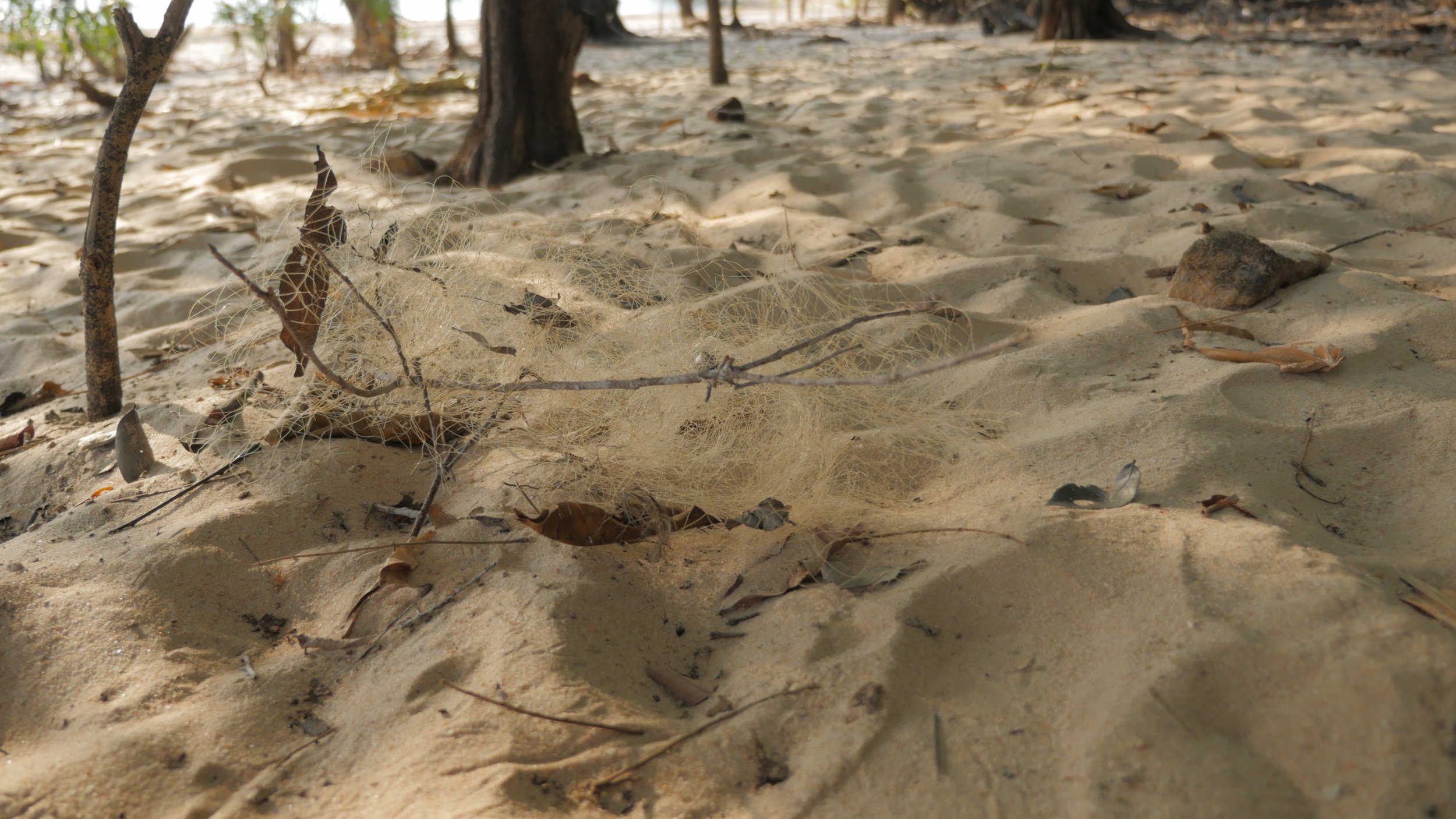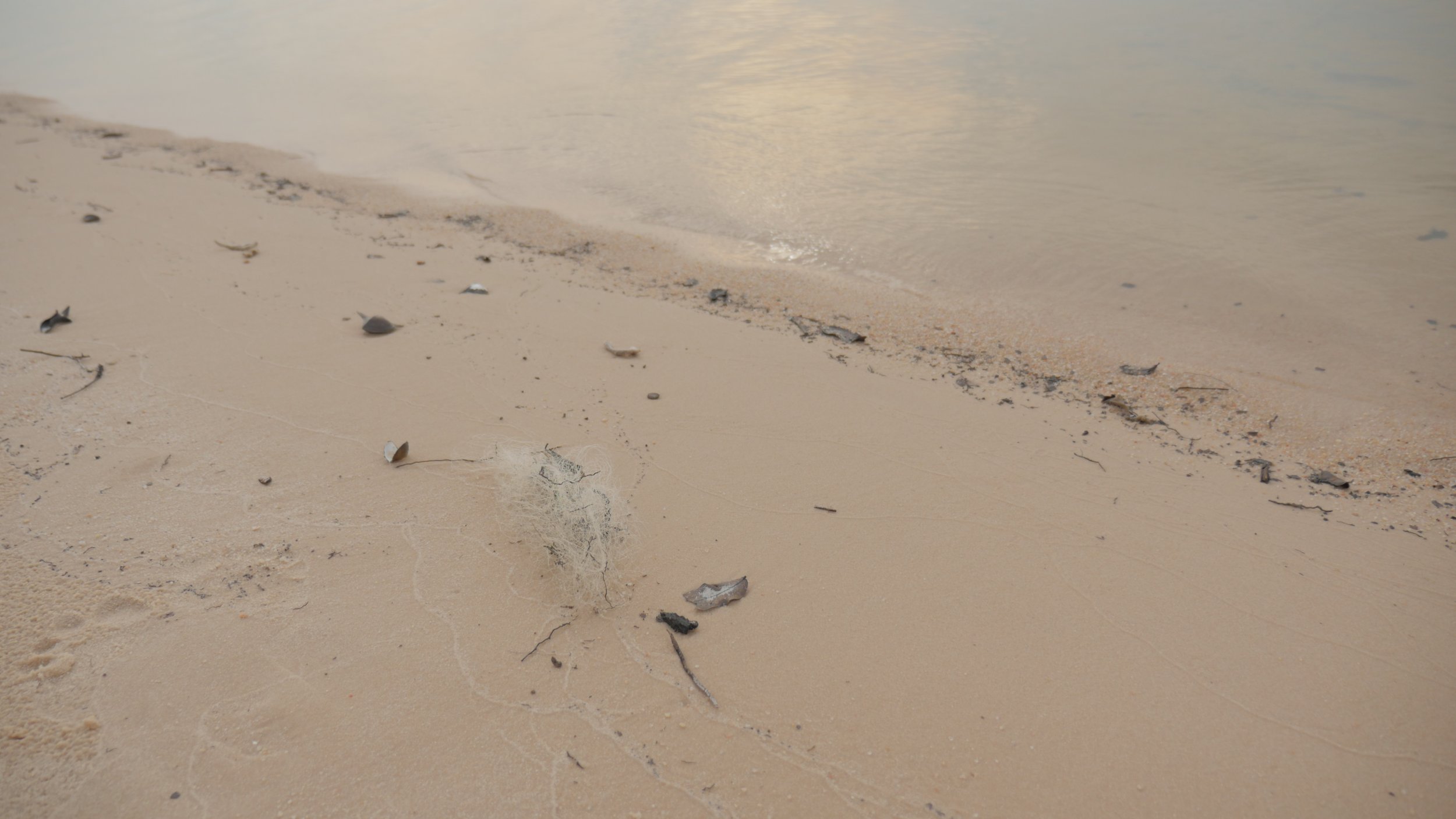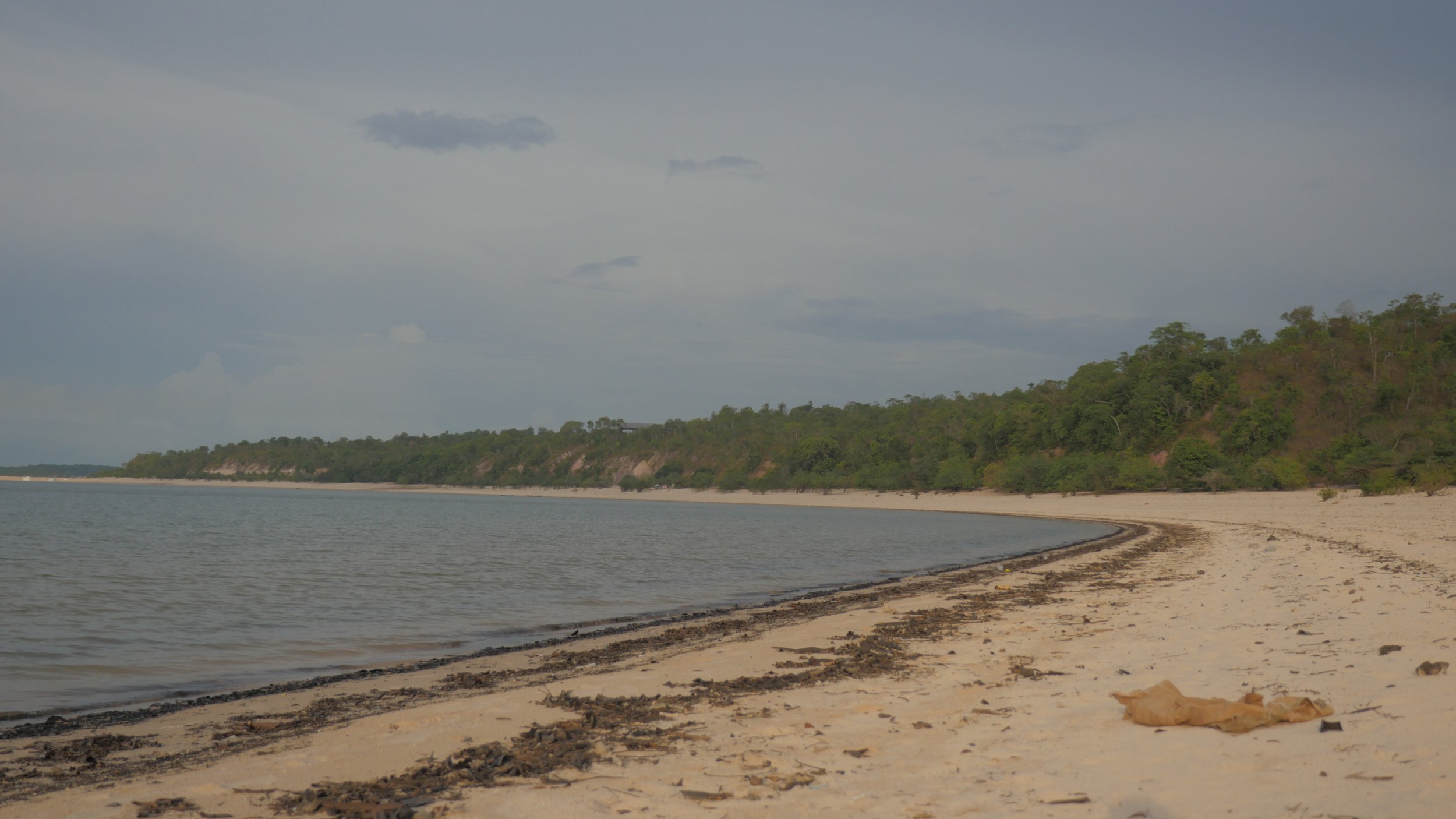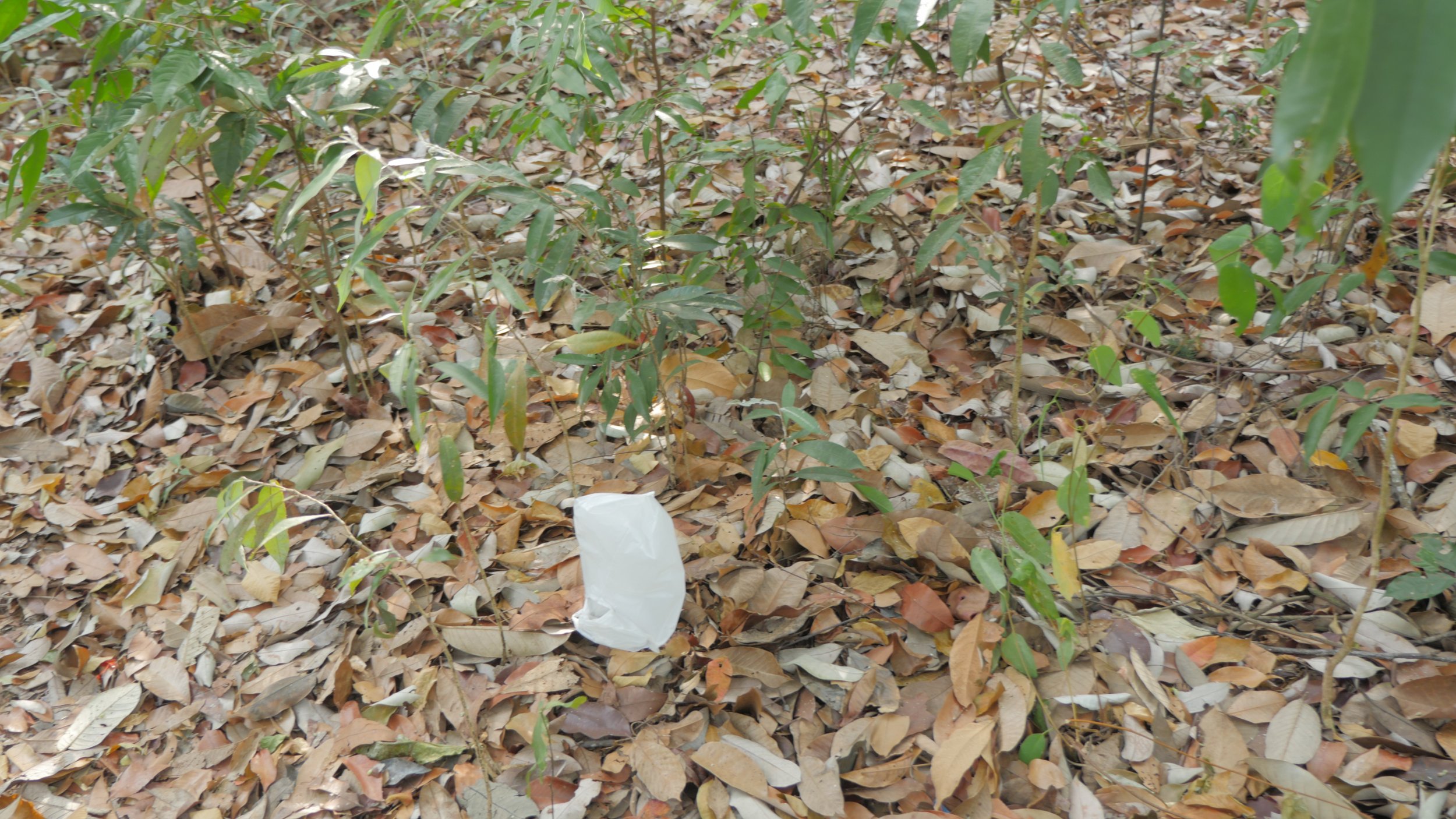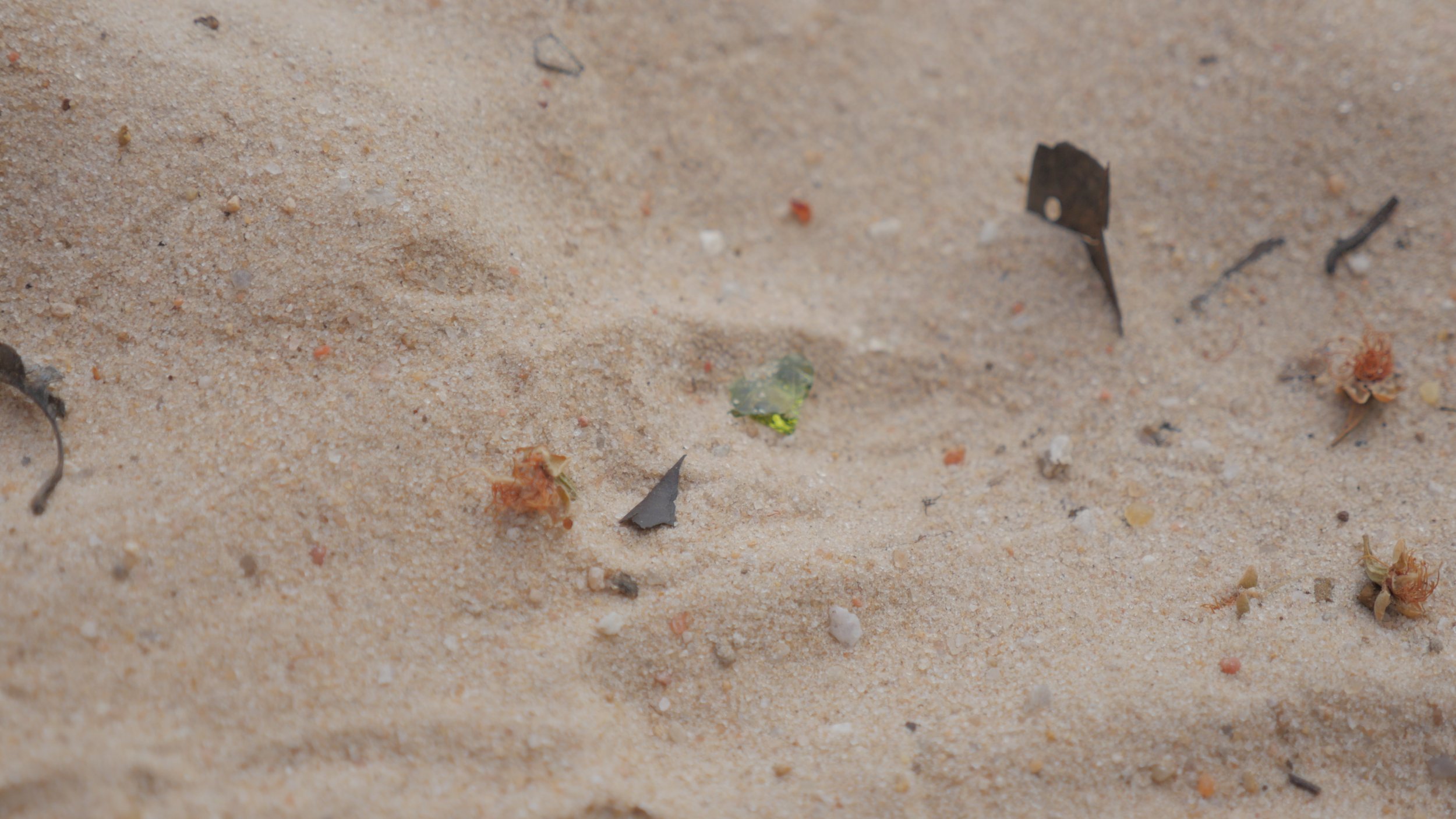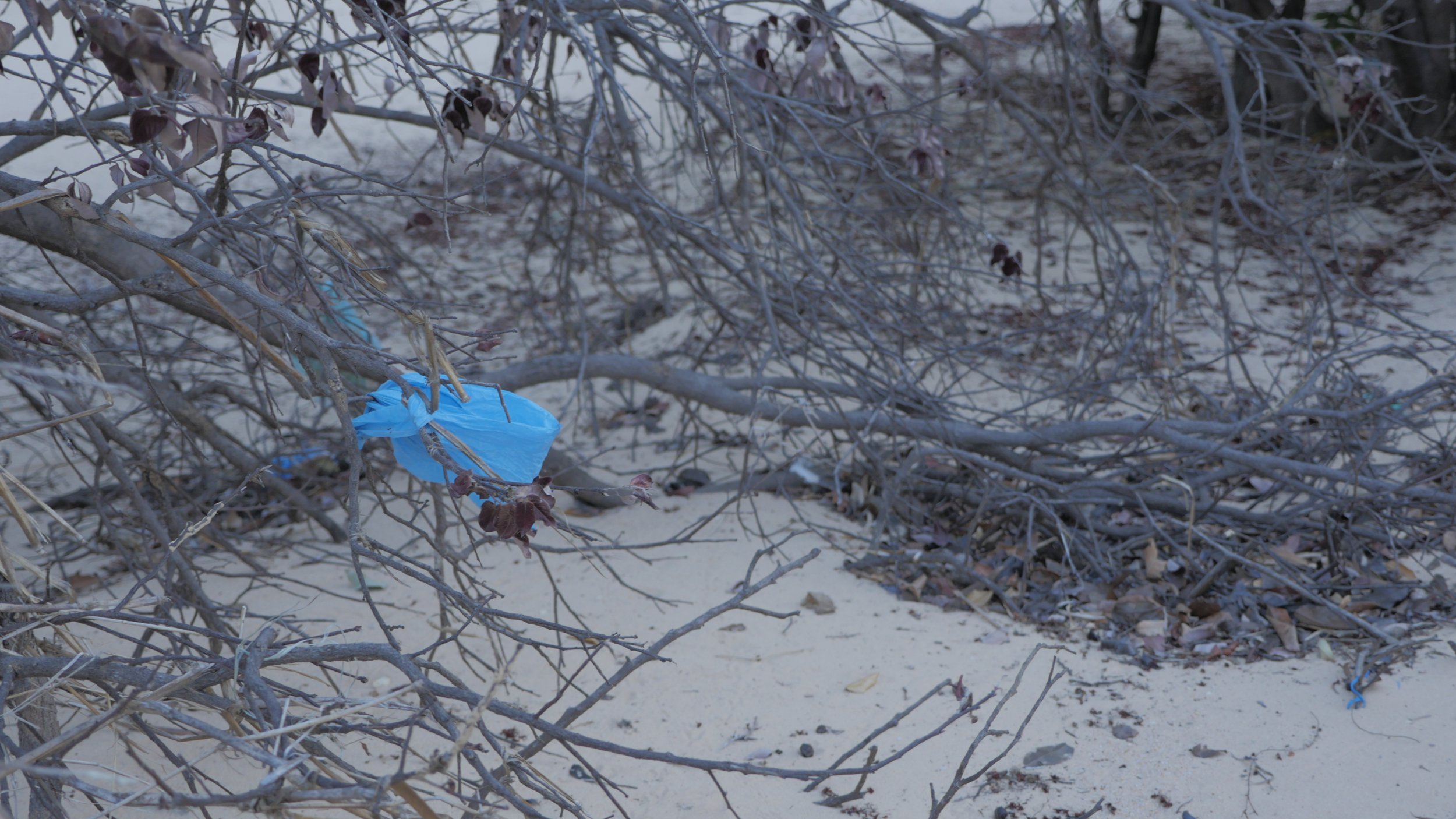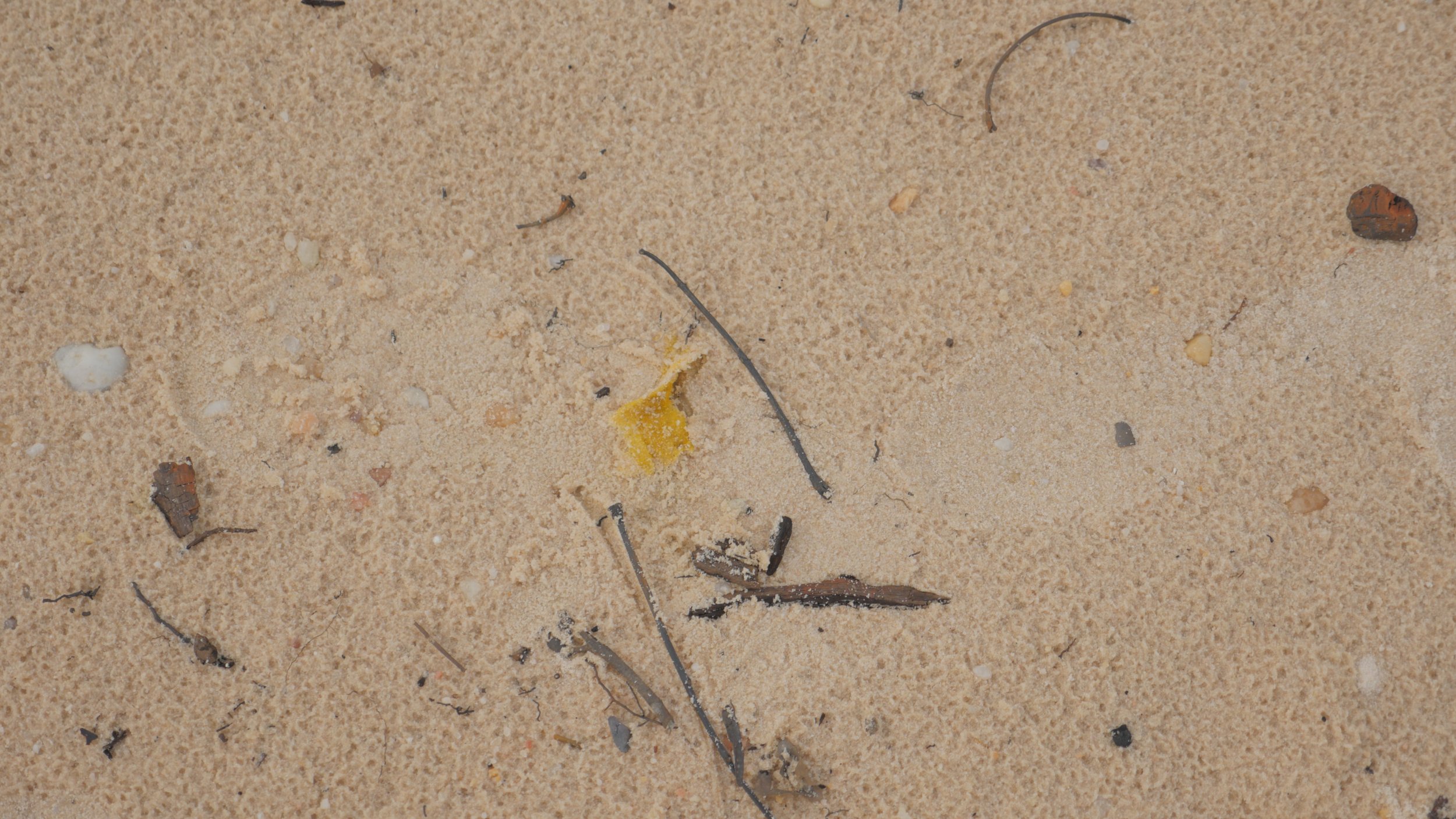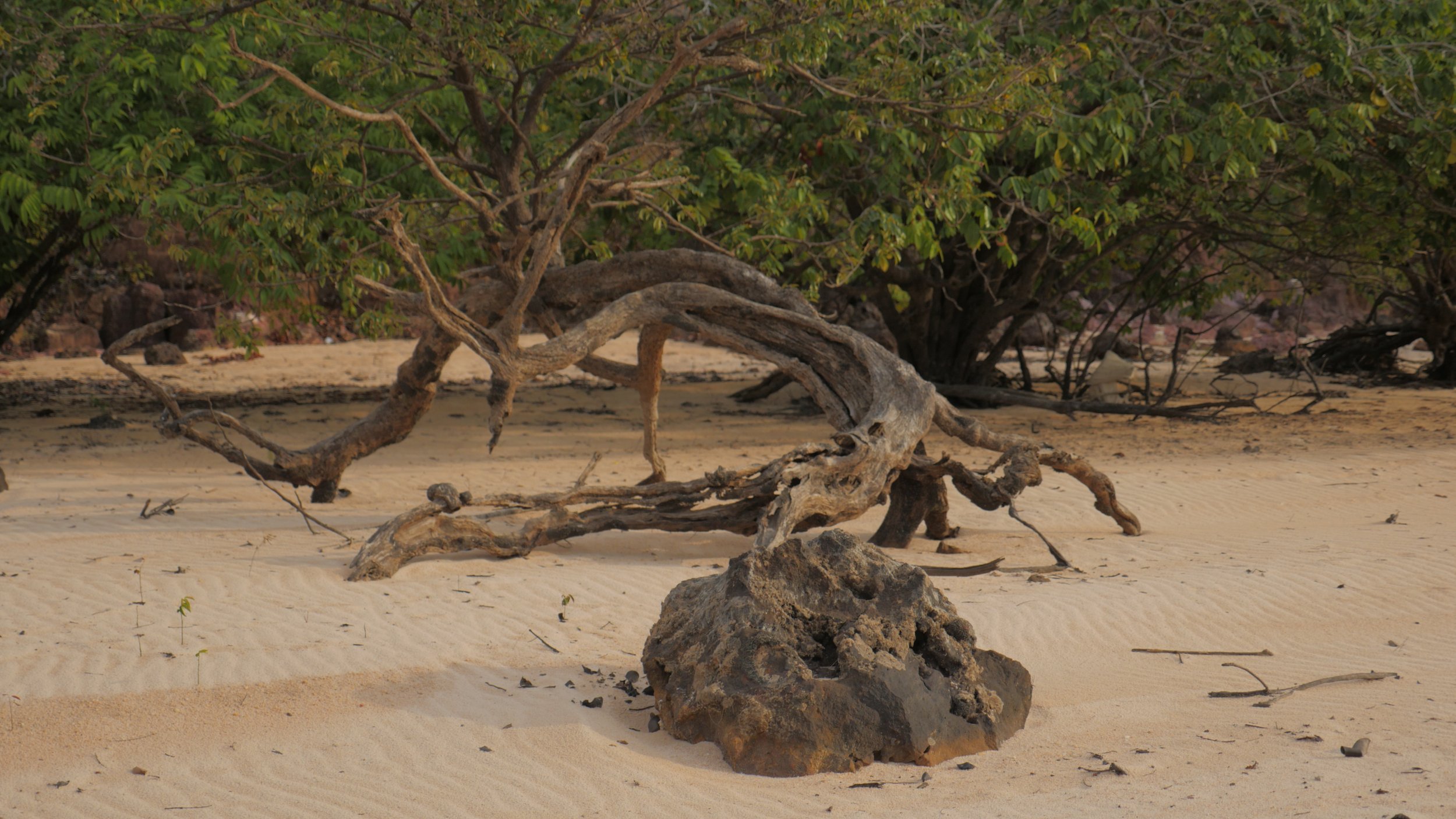Landscaping 0.1
inhabitants
This site collects the Artistic Practices and methods of Mapping I developed while being in Santarém, Alter do Chão, the Tapajós National Forest, and the Coroca Community. Some of them also developed later, back in Cologne, or via mail between Brazil and Germany.
Walking Interviews
I remember that one of my favorite practices when I was developing this research, was taking long walks accompanied by a native. During these walks, we shared personal and collective histories, and knowledge about the space we moved in, as well as and other places. These conversations made me feel invited to experience this place through someBODY else’s eyes and words.
Mapping: While walking, I video-recorded our path, our conversation and my movements through that landscape. The transcripts of these conversations became an in incredibly important source to return to and reconnect with the forest via their words.
Remembering, Telling, Moving
Find a place you like, where you can be just with yourself and with your memories. Revisit a memory from a place you have been to in the past. Remember the place and the sensation of being in this place, the memories it activates. You start the improvised practice saying: “I remember …” and start telling about this place. Be sure that what you are telling is triggered by your memories. You can mix real and non-real histories. Try not to stop talking during the practice and you can repeat the phrase “I remember” as many times as you want. From this remembering-telling modus you start moving – find a movement that relates to your words and comes from your memories.
Prints
Lay down on the floor and be aware of the weight of your body. Which parts of your body are in contact with the floor? Imagine that these parts, in contact with the floor, are printing marks over it, like footprints on the sand. Experience putting your body in motion by following these marks. Imagine that they build a map for you and shows you a trajectory. The more you move, the more surface of your body touches the floor, the more prints come into existence and more your map becomes bigger and bigger. Imagine you are following the traces, at the same time you are creating traces – traces as memories from your body, traces from someBODY else.
Strange Bodies The strange body in the landscape.
When does a body not belong to a place? When does it becomes part of it? Was I a stranger in this landscape?
One of the dancers, via an email from Cologne, asked: Who are we in this process?
Mapping: These images are a documentation of a practice of observating strange bodies that I found during many walks in the landscape.
Roots
The trees in the following pictures are those that are present on the shore along the river. During the winter, in the rainy season, the trees are covered by water. In summer, the dry season, their roots are exposed. Only some trees are capable to adapt to this condition by adjusting the shape of their roots to the environment. Other trees die. My practice was to create physical responses to and for the trees.
Twin Lights
According to Dona Ivona, the healer I met, the time of sunset, more precisely between 6 and 7 p.m., is a time to do nothing. When nature, animals and invisible forces rest, it is the time of silence. According to science, dusk is the time when our eyes and body get used to the changing light conditions and adapt to the transition from light to dark or from dark to light. In the context of LandScaping 0.1, twilight time is when non-human beings emerge from the silence and I could most strongly experience the presence of non-human agents and their performative qualities.
Mapping: The photographs document this moment in different days and places.

